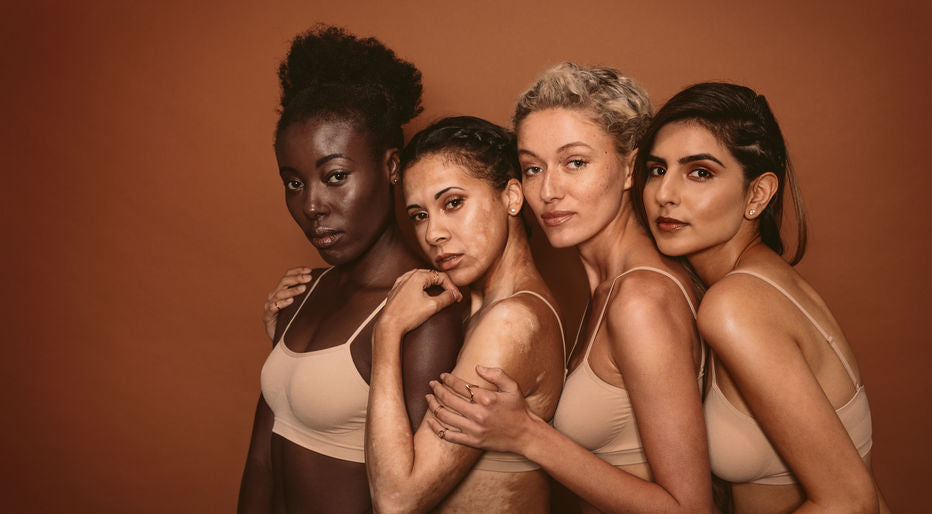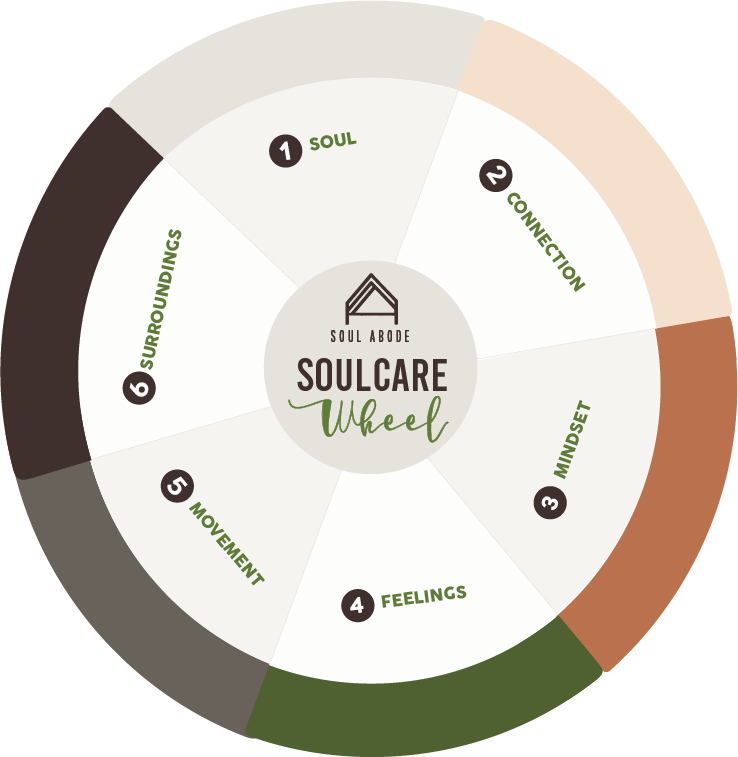What You Need to Know about Hyperpigmentation and Uneven Skintone

We’re all a little obsessed with having an even skin tone, especially us women of color. So, here at Soul Abode we want to empower you with the science of how hyperpigmentation (uneven skin tone) develops within the skin and what the trigger factors are.
Let’s take a quick dive into the science: the maker of melanin!
Skin melanin (pigment) originates in a skin cell called melanocyte. These cells are amazing because they produce melanin in our skin, hair and iris of the eyes. Melanocyte cells are responsible for producing melanin for both dark and light skin but there are three ways the skin can be colored differently. First, is by the concentration of melanocytes found in the top layer of the skin. Second, is the amount of melanin produced, if you produce less melanin you will have lighter skin whereas more melanin will result in darker skin. Lastly, there are two different kinds of melanin, Eumelanin and Pheomelanin. Eumelanin is the black and brown melanin, while pheomelanin on the other hand is the yellow and red melanin. So, if you produce more pheomelanin you would have lighter skin and possibly even more freckles. The opposite occurs with producing more Eumelanin.
Melanin’s key role in our skin is to help protect skin from UV radiation. There is a myth that women of color don’t need SPF because of our darker skin.
We all know about the magic of melanin. “People with darker skin tones have a natural SPF of 13” but when it comes to the sun’s damaging effects, the power of melanin is hugely overstated.
For one, the natural SPF of 13 that some women of color have in their skin is a lot less than the daily use of a SPF 30 or higher that dermatologists recommend for sun protection. Melanin in darker skin can only “protect from some of that [UV] damage.” Moreover, melanin may not be able to protect the skin from UVA rays as well as it protects skin from UVB rays.
Although melanin-rich women of color have more active melanocytes, sun damage still breaks down collagen in our skin and speeds up the visual signs of aging “fine lines, loss of elasticity (sagging), and skin cancer.”
Factors that affect melanin
Pigment production in the skin is under the control of a number of internal and external factors. It is obvious that both stimulatory and inhibitory forces must be constantly in play.
Among internal triggers, inflammation is most likely the main factor causing pigmentation disorders. When we experience any inflammatory wound on our skin (inflammatory acne, cuts, allergic reactions). It is the skin’s natural response to stimulate the melanocyte cell developing pigment.
Post-inflammatory hyperpigmentation, or PIH, is the medical term used to describe discoloration of the skin that follows an inflammatory wound. It is the skin's natural response to inflammation. PIH usually looks like a flat area of discoloration on the skin. Hormonal effects stimulates melanocyte cell producing an overproduction on pigment on the skin. Pregnancy and birth control pills will produce temporary changes in skin pigmentation.
External triggers. Excess heat can stimulate or kill the melanocyte cells. Chemicals excessive exposure to phenols (hair straighteners) hydroquinone (chemical skin bleacher) and other chemicals can be toxic and fatal to the melanocyte cells. Phenols can also stimulate the melanocyte cell activity, depending on the concentration. Photo-damage/Sun Damage influences the activity of melanin. UV light can also cause skin sensitivity/inflammation triggering over production of melanin. Photo-damage is a universal problem that affects any skin color or type. It starts at an early age and is undetectable initially. However, as women of color experiences more sun exposure over the years, damage becomes significant, as localized and generalized pigmentation increases and rough texture becomes apparent (wrinkling and loss of elasticity).
So, how can we prevent hyperpigmentation (uneven skin tone)?
1. Inhibit internal and external inflammation triggersBirth control pills, hormone supplementation definitely have an impact on your skin’s hyperpigmentation.
Keep your skin away from the sun when using skincare products with chemical exfoliates.Skincare products with Retin A, Retinol Acid, Glycolic Acid, Salicylic Acid or Hydroquinone trigger photosensitive when applied on the skin. Photosensitivity is an extreme sensitivity to ultraviolet (UV) rays from the sun and other light sources. The side effect of photosensitivity is inflammation that will provoke pigmentation on the skin.
3. Protect your skin from the sunAs we have learned, the sun stimulates the melanocyte cell in our skin. Keep your skin protected with a UVA/UVB Sunscreen.

Yaneth Acosta
Yaneth has brought over 20+ years in the professional beauty industry by developing new business initiatives in the esthetics and wellness industry.
Read MoreRelated Articles

Sign-up for our newsletter
By clicking "sign up," you agree to receive emails from Soul Abode and accept our web terms of use and privacy and cookie policy.





